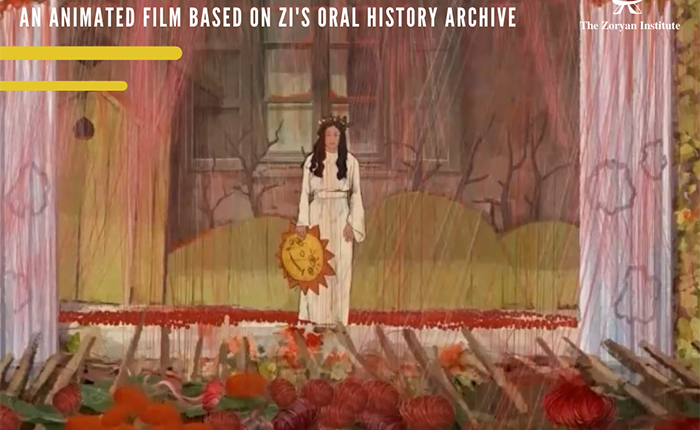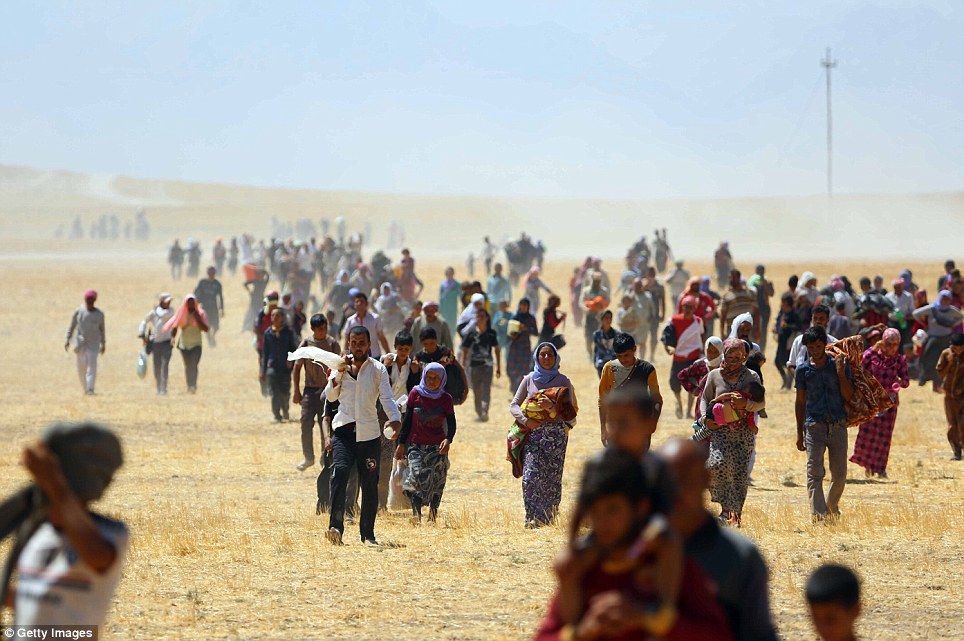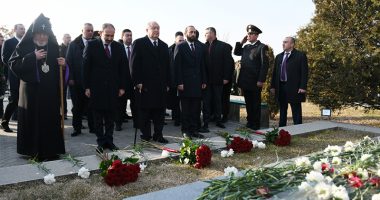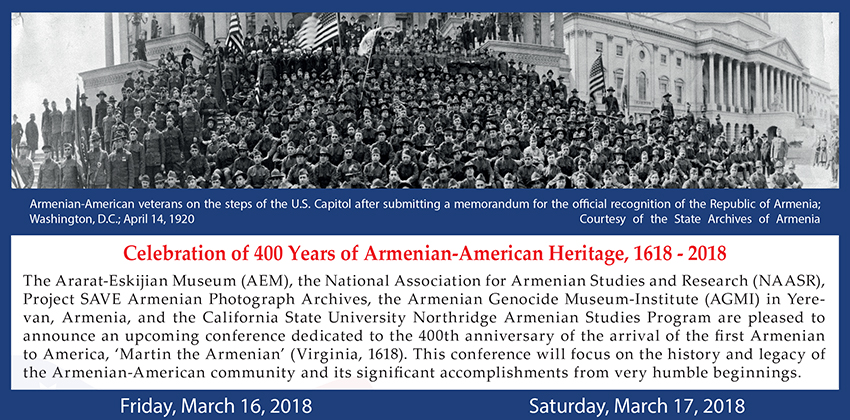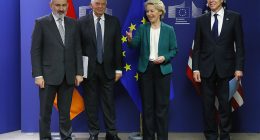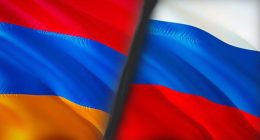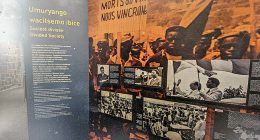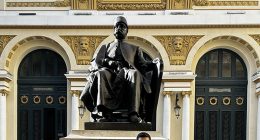YEREVAN — The Zoryan Institute is pleased to announce that the animated film, Aurora’s Sunrise has been featured in the International Competition at the 19th annual Golden Apricot Yerevan International Film Festival. The film was screened on July 14, 2022 at 12:30 pm and 20:00 pm, in Yerevan, Armenia.
Aurora’s Sunrise is a historical animated documentary film about the life of Armenian Genocide survivor Aurora Mardiganian, who shared her brave story of survival with the world, raising millions of dollars in humanitarian aid for survivors following the genocide. The Zoryan Institute’s objective with this animated film is to bring the story of an incredible survivor from its oral history collection to life on the big screen, to empower young women and girls to represent their communities in the face of great adversity and violence.
This documentary film was made possible by the financial partnership of Eurimages, along with the majority ownership and financial partnership of “Armenian Group”, composed of the Zoryan Institute Armenia, the National Cinema Center of Armenia, and Bars Media. The film is based on the audio-visual oral history testimony that Aurora gave to the Zoryan Institute in 1984, and was made possible by the academic contribution of the Zoryan Institute.
The film is directed by Inna Sahakyan and produced by Bars Media, Gebrueder Beetz Filmproduktion & Artbox Laisvalaikio Klubas, with contributions made by the Lithuanian Film Center, ZDF/ARTE, Public TV Armenia, and LRT.
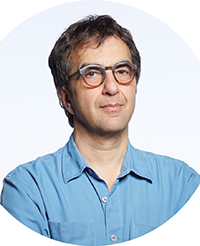

“What makes Aurora a super survivor is that she not only witnessed the elimination of her family and community, but also inspired a dramatic retelling of this experience… Aurora lived through the experience of genocide, lived through the experience of making a film about the Genocide, and then witnessed both events effectively disappear – one through the denial of the perpetrators, the other through the physical laws of the film itself.”
Nearly 40 years ago, the Zoryan Institute made an investment to conduct interviews with survivors of the Armenian Genocide with technologies that were considered ultra-modern at the time: video recording. This medium not only captured the voices of survivors, but also their presence, expressions, and their raw emotions. This was the first oral history project to do this, and it made a huge contribution to the preservation of an invaluable part of the Armenian people’s experience and history. The animated film allows audiences to visualize all of the elements that are confined to one’s imagination when watching these recordings. Viewing the experience of genocide unfold on the big screen will make Aurora’s amazing story eternally accessible.


Discussing the impacts of An Armenian Journey, Mr. Bogosian stated:
“Millions of PBS viewers (watched the film) during its premiere week of 24 April 1988. An Armenian Journey broke the Turkish taboos… Without Zoryan‘s oral history program the film would not have the same ring of truth and it might never have been broadcast.”
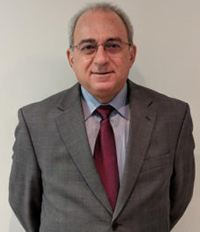

“[Aurora] was clearly someone who already knew how to tell her story. She taught us, and me personally, that as a researcher you can be armed with all kinds of questions, to try to present the facts in a scientific manner, but a survivor with the energy and personality that Aurora had could tell her story in her own way, and our obligation was to listen more than to ask questions…
Dr. Rouben Adalian remarks on the incredible legacy that Aurora is passing down to future generations, and now sharing with the rest of the world:
I think it is Aurora’s spirit, energy, ability to share her story… that now [led to this film] that future generations can analyze and find inspiration in the history that previous generations may not have noticed. This is Aurora’s legacy. This is the value of this interview. This is the unprecedented and important contribution that the Zoryan Institute made when I sat down with this survivor, as with many other survivors, but in this one case, with a woman whose name meant the very dawn that sheds light on the fact that on how important it was to talk to the survivors and save their stories.”

